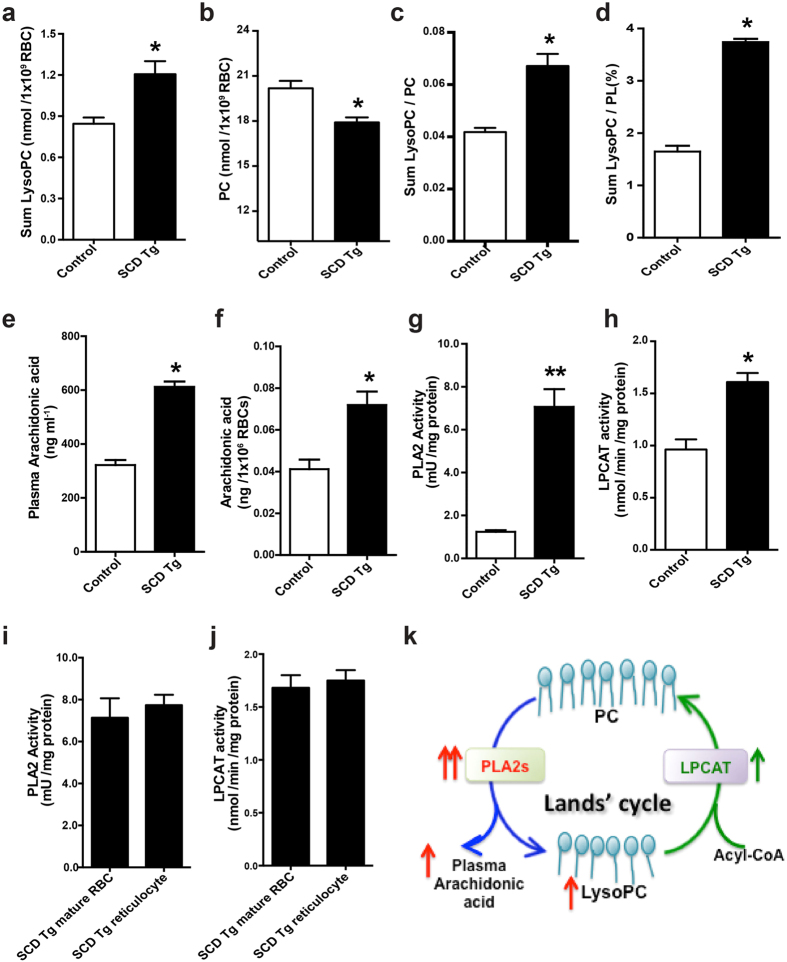Figure 2. Biochemical analyses revealed increased lysophosphatidylcholine levels in the erythrocytes and increased arachidonic acid in plasma and erythrocytes of SCD mice due to imbalanced Lands’ cycle.
(a–d) LysoPC (a), PC level (b), the ratio of LysoPC/PC (c) and the percentage of LysoPC/PL (d) in erythrocyte membrane preparations from control and SCD Tg mice. Error bars, SEM; n = 6 per group. (e,f) Plasma and erythrocyte AA levels were significantly increased in SCD Tg mice compared to that of controls. Error bars, SEM; n = 6 per group. (g) PLA2 activity was measured in the erythrocytes from control and SCD Tg mice. Error bars, SEM; n = 10 per group *P < 0.05 versus controls. **P < 0.01 versus controls. (h) LPCAT activity was detected in the erythrocytes from control and SCD Tg mice. Error bars, SEM; n = 8 per group. (i,j) PLA2 activity (i) and LPCAT activity (j) were measured in purified mature erythrocytes and reticulocytes from SCD Tg mice, respectively. Data are expressed as Mean ± SEM; n = 5 in each group. (k) Imbalanced Lands’ cycle favored the production of LysoPC generation from PC due to overly active PLA2s compared to LPCAT activity in SCD erythrocytes. PLA2s hydrolyze PC to release LysoPC and AA, while LPCAT catalyzes the reacylation at the sn -2 position of LysoPC into PC by using acyl-CoA.

